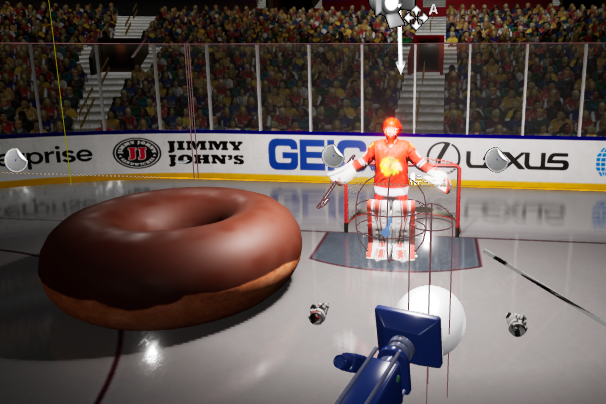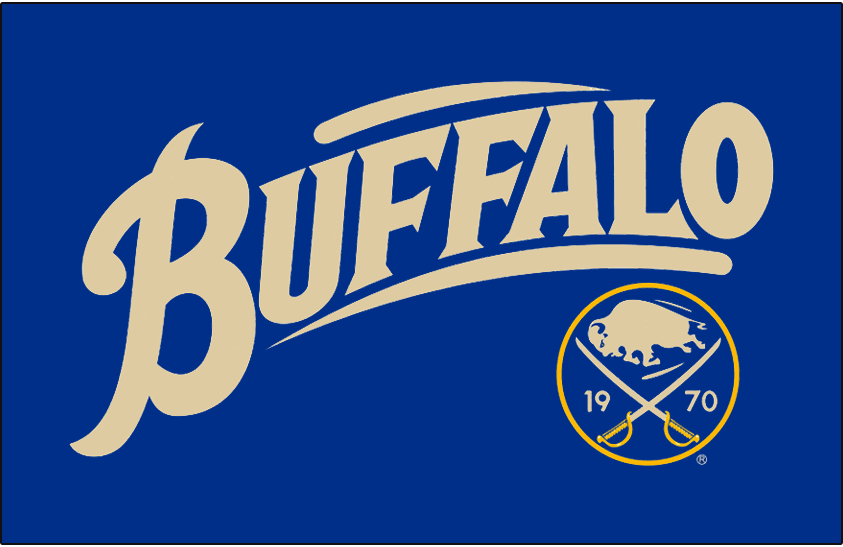
Hockey Slapshot VR Game
An immersive virtual-reality experience for fans of the Buffalo Sabres (NHL) to try out during the team’s opening-day festivities.
Contributions: Concept design, narrative writing, dialogue writing, sound design, game design, 2D asset creation, 3D asset creation, Unreal development, audio editing, motion-capture development
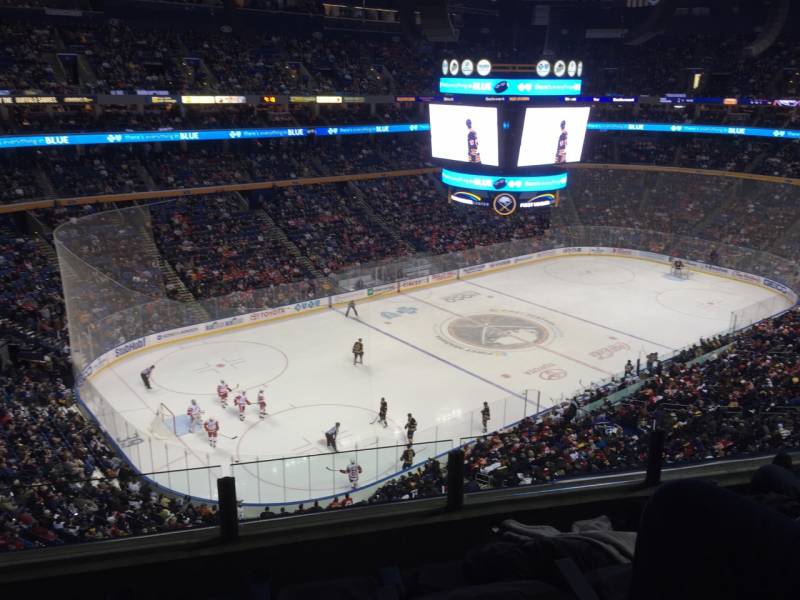
Something for Every Fan
Creating a sports experience in digital form is challenging. That’s been true in the past, it’s true today, and it will be going forward. Sports fans, who inevitably play sports games and watch sports movies, know a lot about their game of choice, and that makes them a tough audience.
The Buffalo Sabres approached my team with a wide-open pitch to create a virtual experience for their opening day in 2017. It would need to be able to work outdoors (covered, but still exposed to sun and wind), have high-throughput to serve hundreds of fans in a span of hours, and it needed to be obviously “cool” to people who weren’t in the experience at any given moment.
From a wide-ranging late-night brainstorm session, we landed on one idea: a classic arcade-style slapshot game, but in virtual reality and, critically, with real hardware.
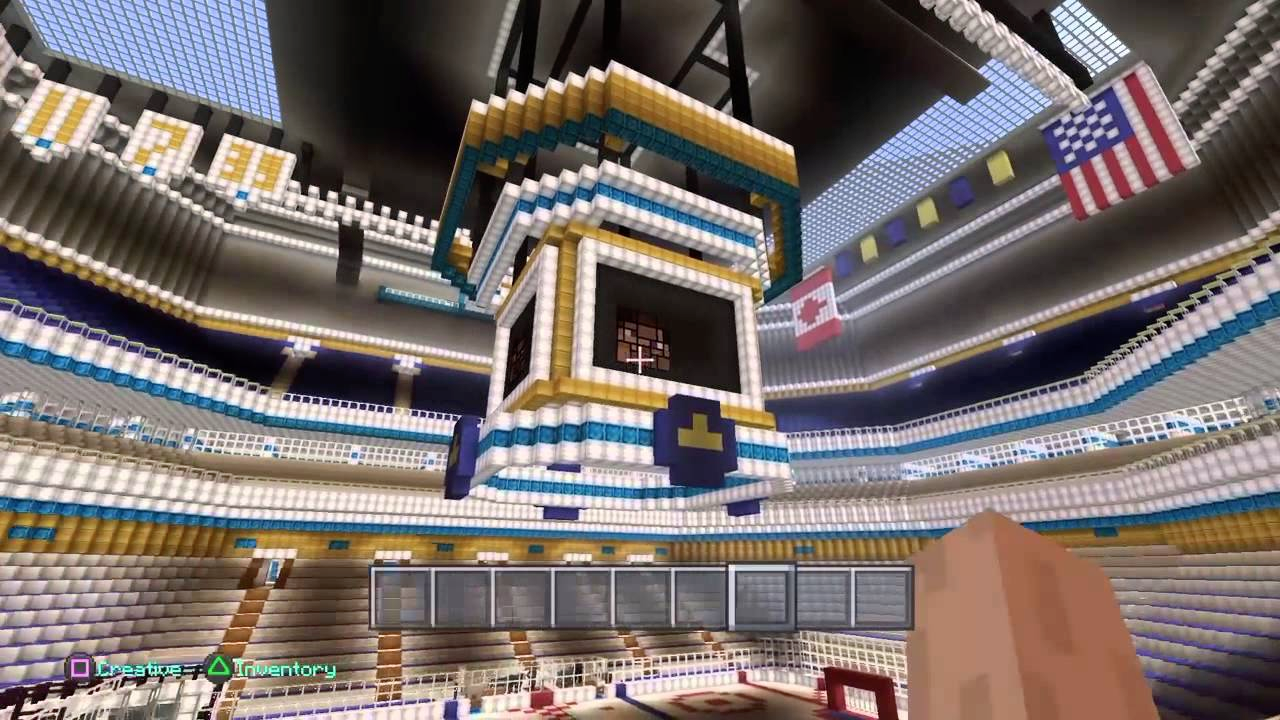
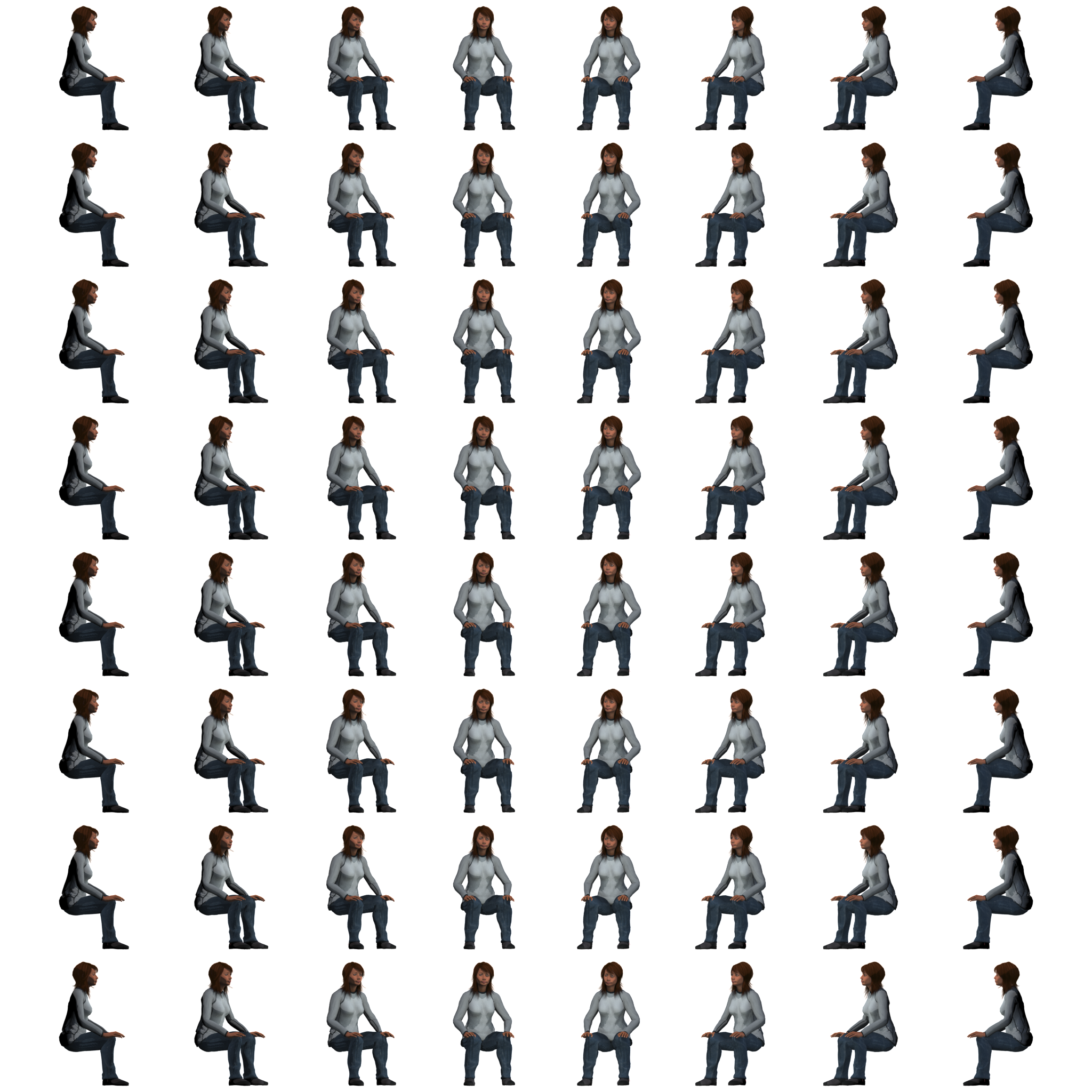
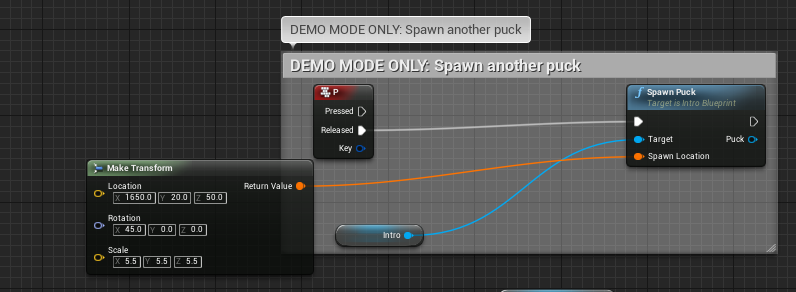
A Hockey Stick and a Blindfold
There are many, many potential risks with using tracked physical objects in VR. Even within the confines of just the hardware that most humans start with -hands, heads, and feet- there are countless stories of injury, broken property, and general misery. Nevertheless, my team agreed that if we could deliver it, real-life objects “following” the user into VR would solve two problems for us.
First, it would help "ground” the user in what might otherwise be an unfamiliar environment, in the same way that significant research indicates being able to see your hands or torso helps people in the real world navigate physical space. Second, a physical stick and puck would dramatically enhance the external view of the experience, since spectators would now be able to follow some part of the virtual world.
Unfortunately, while one iteration of the project used a motion-capture system with the Oculus Rift to track pucks, this was deemed too dangerous to both the user (who might get hit by pucks they couldn’t see) and spectators (who might get hit by pucks they could see).
We ultimately created custom hockey sticks with embedded Vive Trackers, and a scaled-down ice-rink with branded boards to help both enhance and contain the experience.

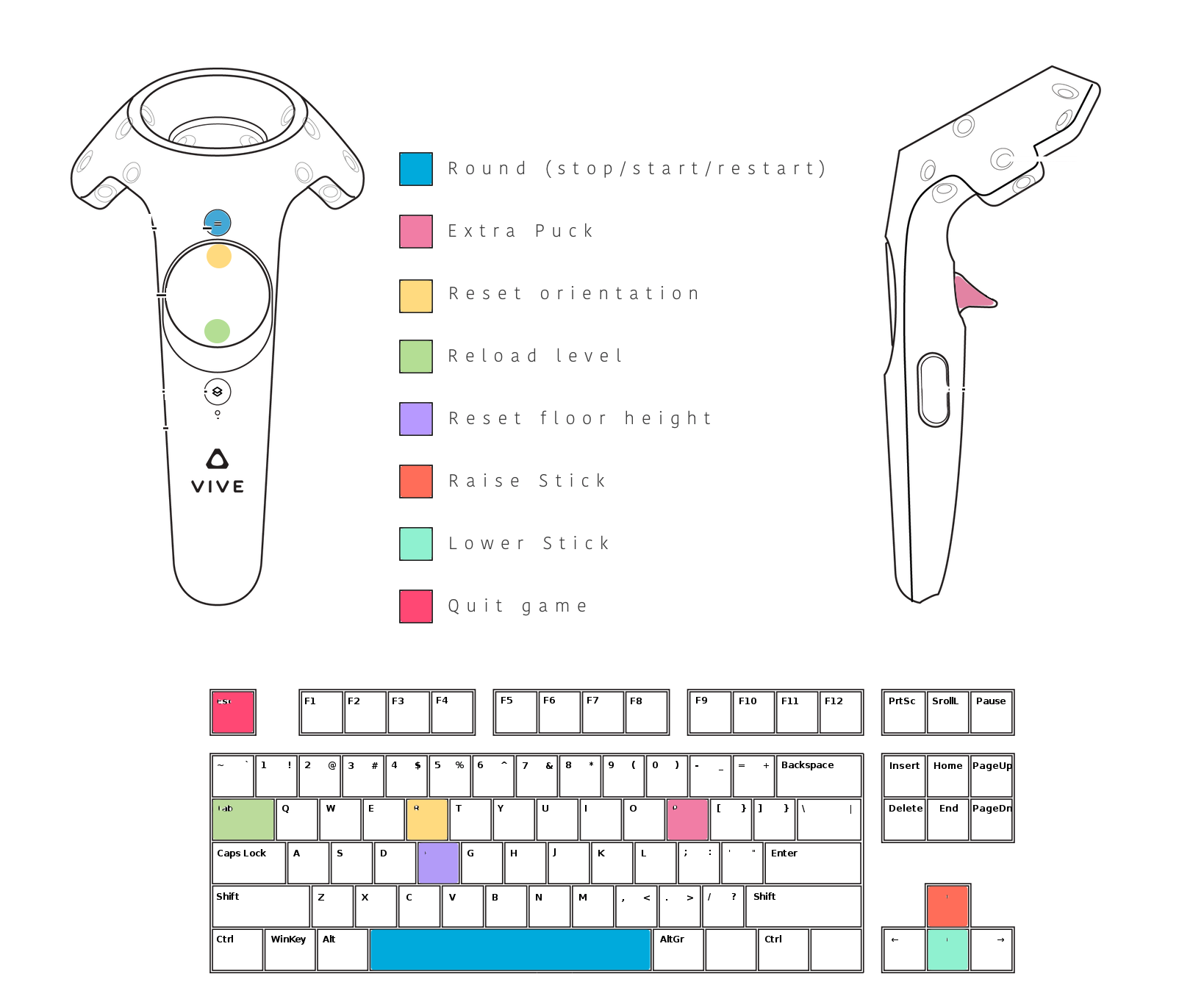
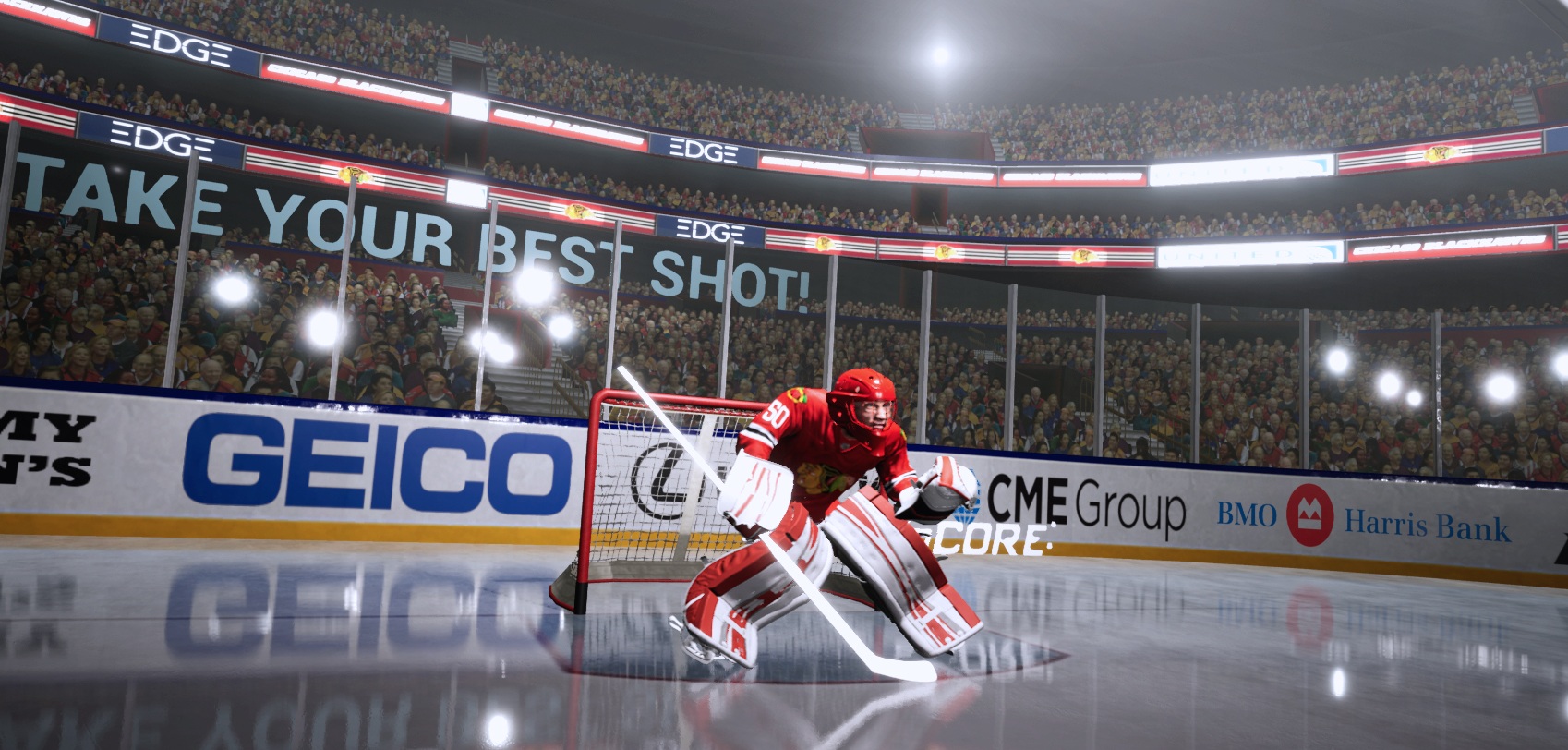
Shoot, Test, Shoot, Test, Shoot, Score... Test Again
A defining aspect of this project was the number of ideas that were left behind because we were operating “greenfield”.
Track fan’s hands with hockey gloves? Hockey gloves get uniquely sweaty if for hours on end. Multiplayer? The venue didn’t have the space required for two fans to play side-by-side. A guided tutorial, complete with character and voiceover? Too much time required to set people up, and we needed a high-throughput experience. Tracking pucks? Very dangerous for everyone involved (okay, this one should have been obvious).
The most important thing I learned by far was that with cutting edge projects, especially ones that rely on borderline experimental technology, what impresses the creators isn’t always what is impressive to the end user. Flashy hardware and AAA+ graphics don’t hold a candle to an experience that is well-crafted, engaging, and knows what it’s good at (though flashy graphics and hardware certainly can help).

A pre-production video of the entire game flow, from voiceovered tutorial through actual gameplay, with some (but not all!) of the VFX and SFX for the final version.

